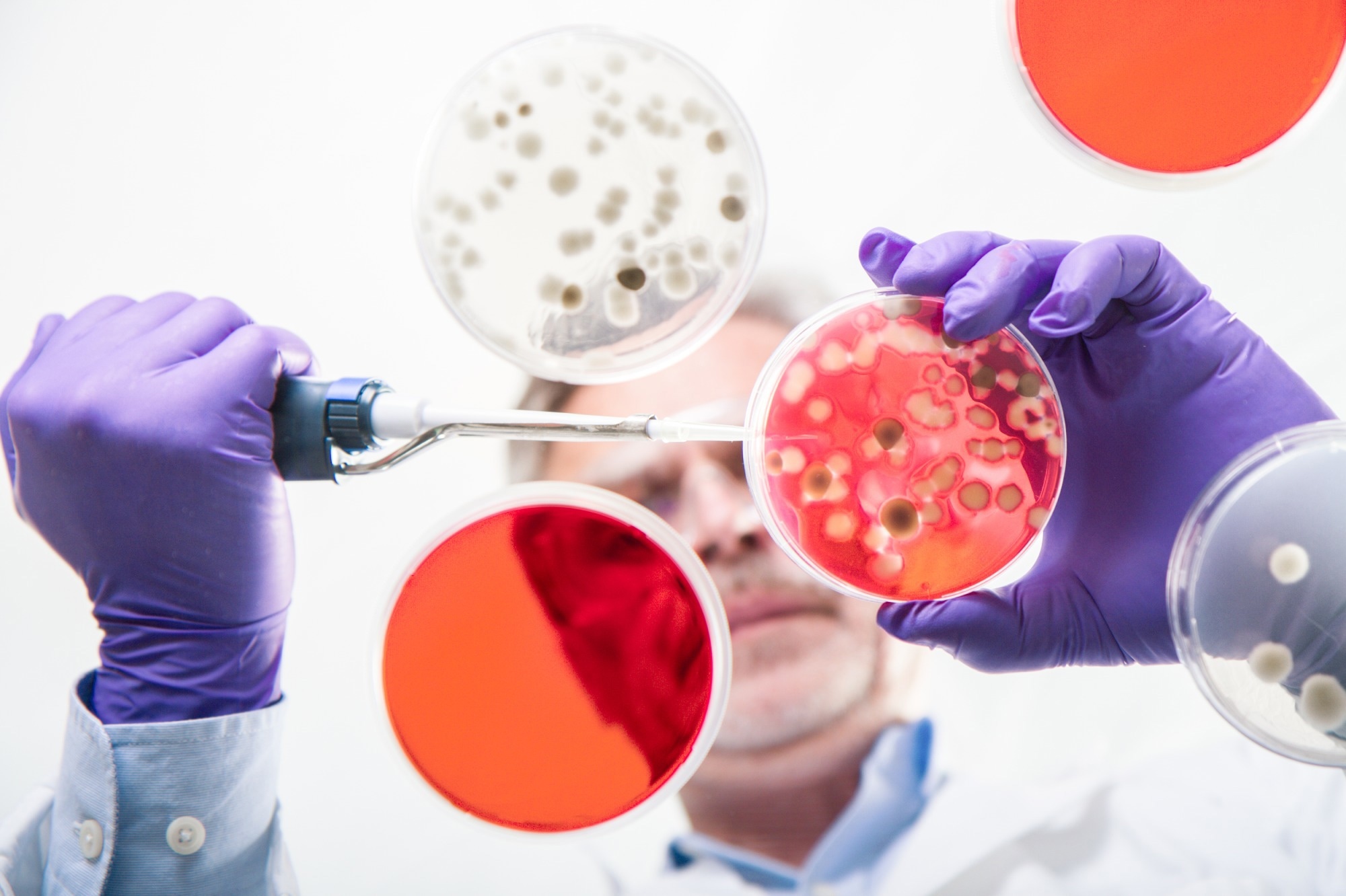When first introduced to key scientific concepts, we are typically taught that in order to understand what is happening in the system, we can only change one variable at a time.
That may seem reasonable enough as this process allows us to see which variables matter when making our adjustments. Yet, this can be a slow, laborious approach, and in biological settings, it is possibly incomplete.

Image Credit: Matej Kastelic/Shutterstock.com
For instance, if there is a two-factor interaction, which is not uncommon, there is a good chance that you may miss it. The positive news is that it is feasible to analyze many variables simultaneously and still understand which ones matter. Moreover, it is also possible to identify the interdependence of multiple factors.
In this episode, Markus Gershater and Claes Gustafson explain how the ‘Design of Experiments’ (DoE) works and how it can be employed to help better understand and optimize processes with a number of variables.
This is of particular interest where biological systems are concerned, as often the best setting for a specific factor may be dependent on the level of another factor.
Markus Gershater explains, “…particularly with biological systems, often the best setting for a particular factor will depend on the level of another factor, right? This is called the two-factor interaction. And when you are only investigating one, each factor in the isolation of all of the others, you’ll never see those. … a fundamental feature of biology is this kind of interaction and you’ll just never see that doing one factor at a time.”
Much of early academic science was concentrated on understanding each small slice of biology on its own. For instance, is this gene important for pathogenesis? Scale and automation were far from entering the wider discourse, not to mention two-factor interactions.
Today, these ideas have brought about several innovations, meaning all kinds of biology are being done at scale. This makes it possible to perform a range of different scientific processes much faster, but scaling up can lead to increased costs.
Consequently, it makes sense to find ways to optimize processes, not only to manufacture better products but also to bring down the costs. Gershater and Gustafson explain how ‘Design of Experiments’ can do both as it can be applied to produce a better antibody, boost the yield of an enzyme and/or reduce the cost of the media used in each scenario.
The real magic of DoE is the ability to extract the most information from the least amount of data.
Interestingly, not every value of every variable needs to be tested. For instance, even though there are 64 possible combinations when there are two values for each of six variables (26 = 64), you do not need to explore all 64 combinations.
By leveraging mathematical principles, sometimes as few as sixteen combinations can provide insights into what variables are crucial. From there, iterative testing allows us to refine and pinpoint solutions more efficiently.
In some cases, you do not need the best solution; you simply need one good enough to commercialize, e.g., an antibody with a sufficiently low Kd.
…if you just take the simple example of an antibody, you wanna make sure it's, it, it certainly binds to your target at the Kd that makes it relevant. And you wanted to make sure that it can be produced at a titer that is high enough in your CHO system and you wanna make sure it has a melting temperature that is above a certain degree and you wanna make sure it doesn't aggregate at a concentration of x… I mean, who cares if it binds? What you truly care about is, does it shrink the tumor?
Claes Gustafson
While this concept might be unfamiliar territory for biologists, who typically shy away from math, it is essentially Chemical Engineering 101. Its principles extend far beyond laboratory settings and can be applied to optimize various everyday tasks, from perfecting microwave popcorn to planning the most efficient route to work. Even in fields like marketing, these principles can prove invaluable for fine-tuning variables in email campaigns or on landing pages.
Believe it or not, this concept has been around for close to 90 years. Now is an opportune moment for more biologists—and even popcorn enthusiasts—to leverage its power to their advantage.
About Life Science Marketing Radio
Life Science Marketing Radio is connecting life science professionals with the brightest minds and best thinking in the industry to grow their network and advance their careers.
Stay on top of new technologies around life science and embark on a journey to learn as much as possible on artificial intelligence, machine learning, and more.
Sponsored Content Policy: News-Medical.net publishes articles and related content that may be derived from sources where we have existing commercial relationships, provided such content adds value to the core editorial ethos of News-Medical.Net which is to educate and inform site visitors interested in medical research, science, medical devices and treatments.